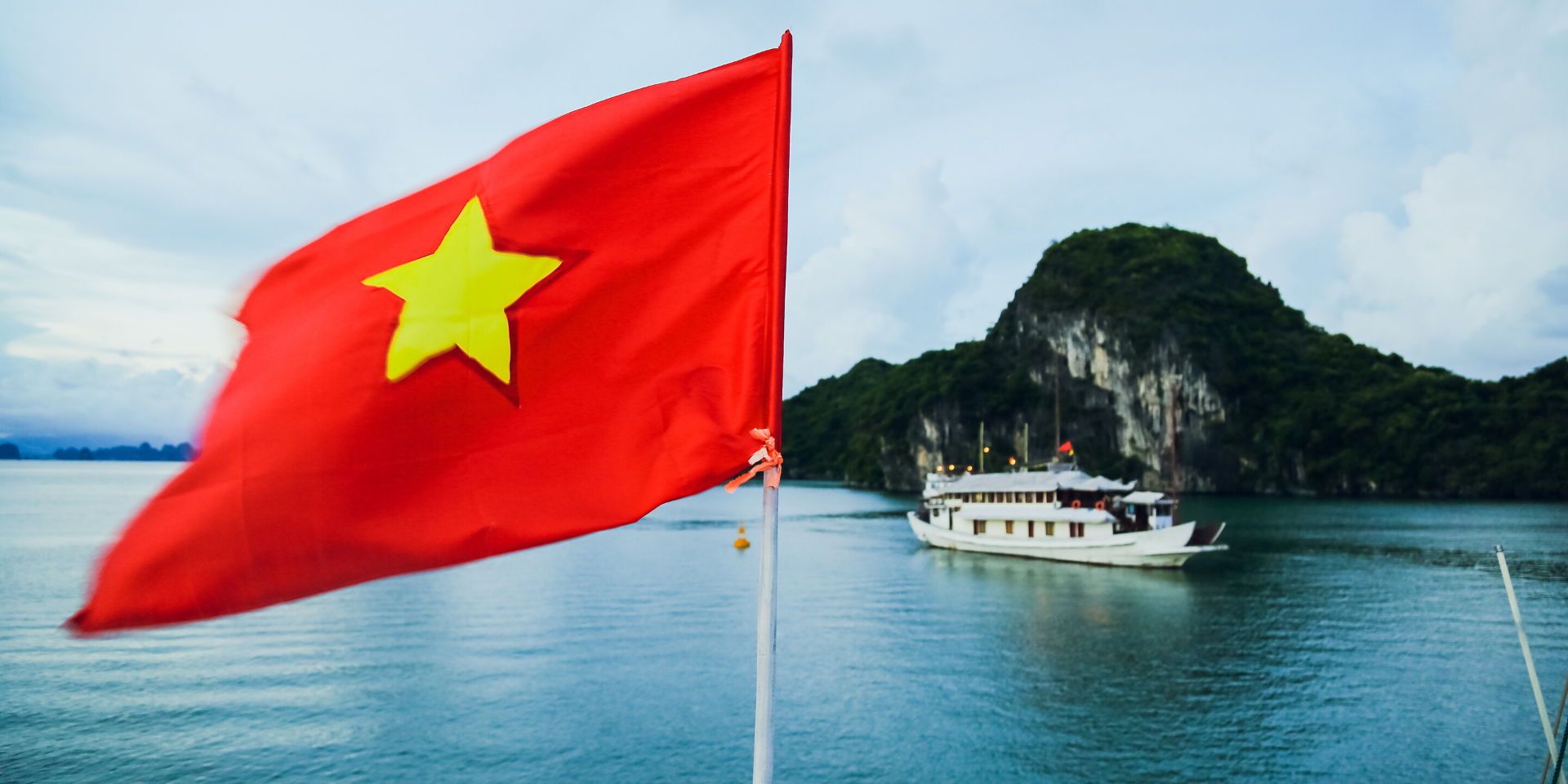3 min read
China does not have it all its way in the South China Sea
By: The Economist on February 18, 2022 at 8:00 AM

Disputes in the South China Sea go back decades. They involve Brunei, China, Malaysia, the Philippines, Taiwan and Vietnam, all with contesting claims.
But it was only ten years ago that China, which makes outlandish maritime claims for nearly the whole sea, greatly upped the ante. First, it provoked a stand-off that left it in control of an uninhabited atoll, Scarborough Shoal, which under un maritime law clearly belongs to the Philippines, sitting within that country’s 200-nautical-mile “exclusive economic zone” (eez). Then China launched a massive terraforming exercise, turning reefs and rocks into artificial islands hosting airstrips and bases. What, a decade on, has China accomplished, apart from the wilful destruction of unique ecosystems?

The terraforming in the sea is over. Xi Jinping, China’s president, claimed its purpose was to benefit all—bolstering navigational safety for commercial shipping, for instance—and that the new islands had no military purpose. The claims are bunkum. The artificial islands host runways for long-distance bombers, reinforced bunkers, missile batteries and military radar. The long-term aim, say regional diplomats and analysts, is to project Chinese power deep into the South China Sea and beyond, and to hold the Americans away during any conflict.
The immediate aim, though, is to dominate politically and economically as much as militarily. Here, the new bases help not through the deployment of hard power but with “grey-zone” coercion of neighbours. Coastguard, survey vessels and “maritime militias” all play their part. The latter are fleets supposedly involved in commercial fishing but in reality working alongside Chinese military and law-enforcement operations in disputed waters.
Last March 200-odd Chinese fishing boats swarmed the Whitsun Reef, within the Philippine EEZ. Today, some 300 militia vessels are present around the Spratly Islands, in the heart of the South China Sea, on any given day, writes Gregory Poling of the Centre for Strategic and International Studies, a think-tank in Washington. China has challenged oil-and-gas activity by both Indonesia and Malaysia, and sent drilling rigs to both countries’ eezs and continental shelves. It has bullied foreign energy companies into dropping joint development with Vietnam and others, while offering neighbours the carrot of joint development with itself—once its claims are recognised.
China has paid a diplomatic price. Had Mr Xi engaged in none of the terraforming and bullying, China would be better admired among members of the ten-country Association of South-East Asian Nations (asean). The Whitsun Reef swarming led President Rodrigo Duterte of the Philippines to abandon his wooing of Mr Xi and hold America closer. The United States and its Western allies have upped their naval presence in the sea, welcomed by most asean members. Yet China acts as if time is on its side—it is, after all, the region’s indispensable economic partner. Sooner or later, it calculates, one country will break from the pack and agree to a Chinese joint-development project within its own eez, thus ceding to China’s wild claims of sovereignty.
Still, appearances count. For years China dragged its feet on agreeing with asean a code of conduct on the South China Sea, a principle agreed on 20 years ago in order to promote co-operation and reduce tensions. These days, China likes to play willing. Not least, says Ian Storey of the iseas-Yusof Ishak Institute, a think-tank in Singapore, it reinforces China’s narrative that it and its neighbours are managing differences without interference by America and its friends. In 2021—hold your breath—a preamble to the code was at last agreed on. This year, China says, a code may at last be signed.
In fact the two sides are as far apart as ever. China is demanding, in effect, the right of veto over asean members’ naval exercises with foreign powers. It also wants to keep out foreigners from joint oil-and-gas development. Such demands are unacceptable to members.
So why, Western policymakers impatiently ask, does asean persist with the charade of negotiating a code? One South-East Asian ambassador replies that dialogue with the giant neighbour is far better than none, and in this arena asean can politely push back whenever China tries its luck. Moreover, the ambassador adds, asean’s Lilliputians can ensnare China in an endless web of dialogue. That might curb some of its worst excesses. Meanwhile, a stalemate has settled on the South China Sea.
Related Posts
Is China Grabbing The South China Sea?
In the geopolitical theater of the South China Sea, the awakening of China as a maritime power has..
Intelligence Brief: China Controls the South..
The South China Sea, now essentially controlled by China, sees several million barrels per day of..
China’s maritime law in the South China Sea
Apart from military power, China has been using a variety of political, economic and legal tools to..




